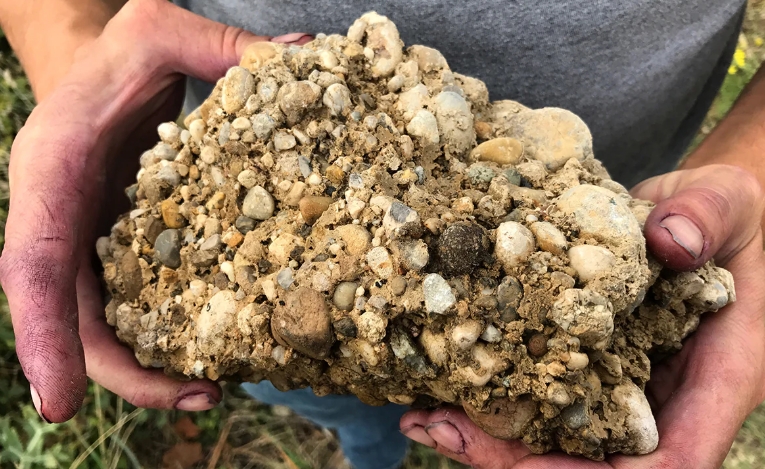Schist is a type of metamorphic rock that is characterized by its foliated texture, which is a result of intense pressure and heat over time. There are several different types of schist, each with its own unique composition and characteristics.
1. Muscovite Schist
Muscovite schist is a type of schist that contains large amounts of the mineral muscovite, a type of mica. This type of schist is typically light in color and has a shiny appearance due to the presence of muscovite. Muscovite schist is commonly found in regions with high levels of metamorphic activity.
2. Garnet Schist
Garnet schist is a type of schist that contains abundant garnet crystals, which give the rock a distinct reddish color. Garnet schist is often found in areas where high levels of metamorphism have occurred, such as mountain ranges and tectonic plate boundaries. The presence of garnet in this type of schist indicates high temperatures and pressures during the rock’s formation.
3. Graphite Schist
Graphite schist is a type of schist that contains large amounts of graphite, a form of carbon. Graphite schist is typically dark in color and has a smooth, shiny appearance. This type of schist is often found in regions with high levels of metamorphism, such as subduction zones and continental collision zones.
4. Biotite Schist
Biotite schist is a type of schist that contains the mineral biotite, a dark-colored mica. Biotite schist is commonly found in regions with high levels of metamorphic activity, such as mountain ranges and volcanic areas. This type of schist is typically dark in color and has a shiny appearance due to the presence of biotite.
In conclusion, schist is a diverse and fascinating type of metamorphic rock that comes in several different varieties. Each type of schist has its own unique composition and characteristics, which are a result of the specific conditions under which the rock formed. By exploring the different types of schist, geologists can gain valuable insights into the earth’s geological history and the processes that have shaped the planet over millions of years.

